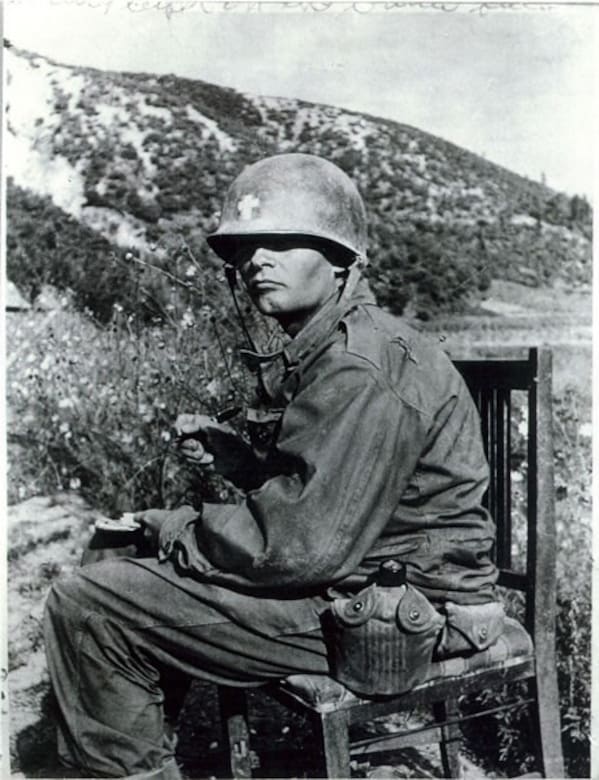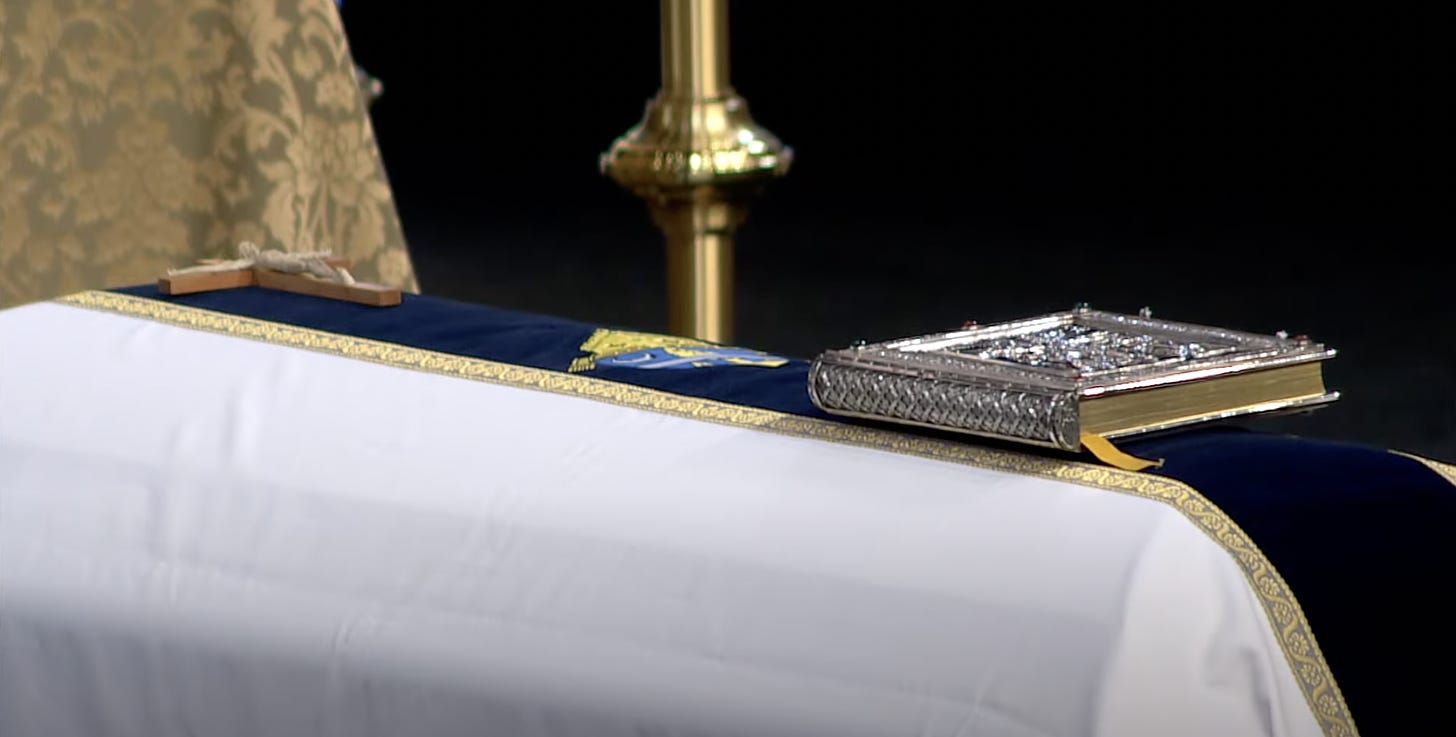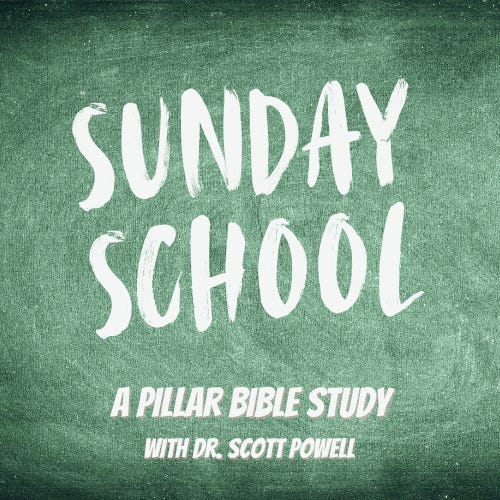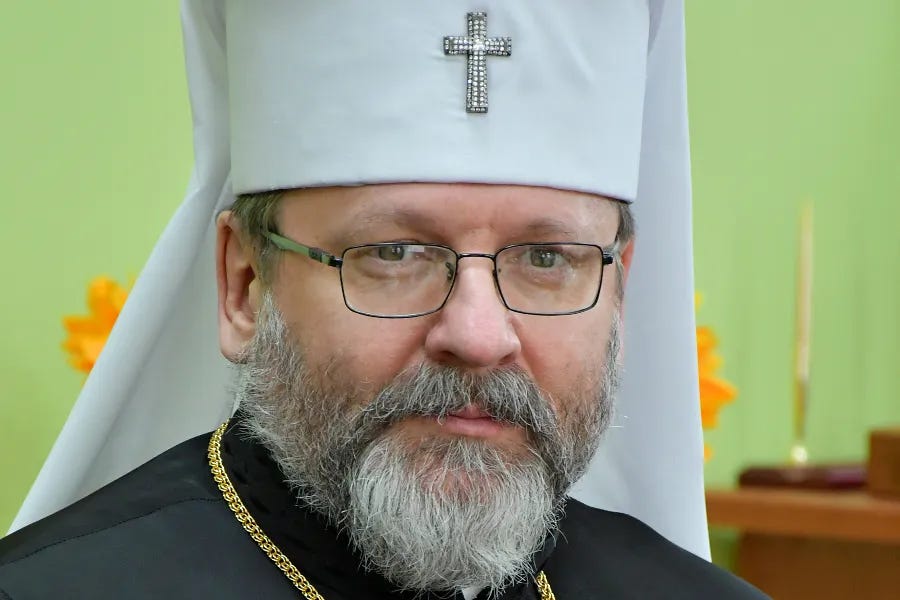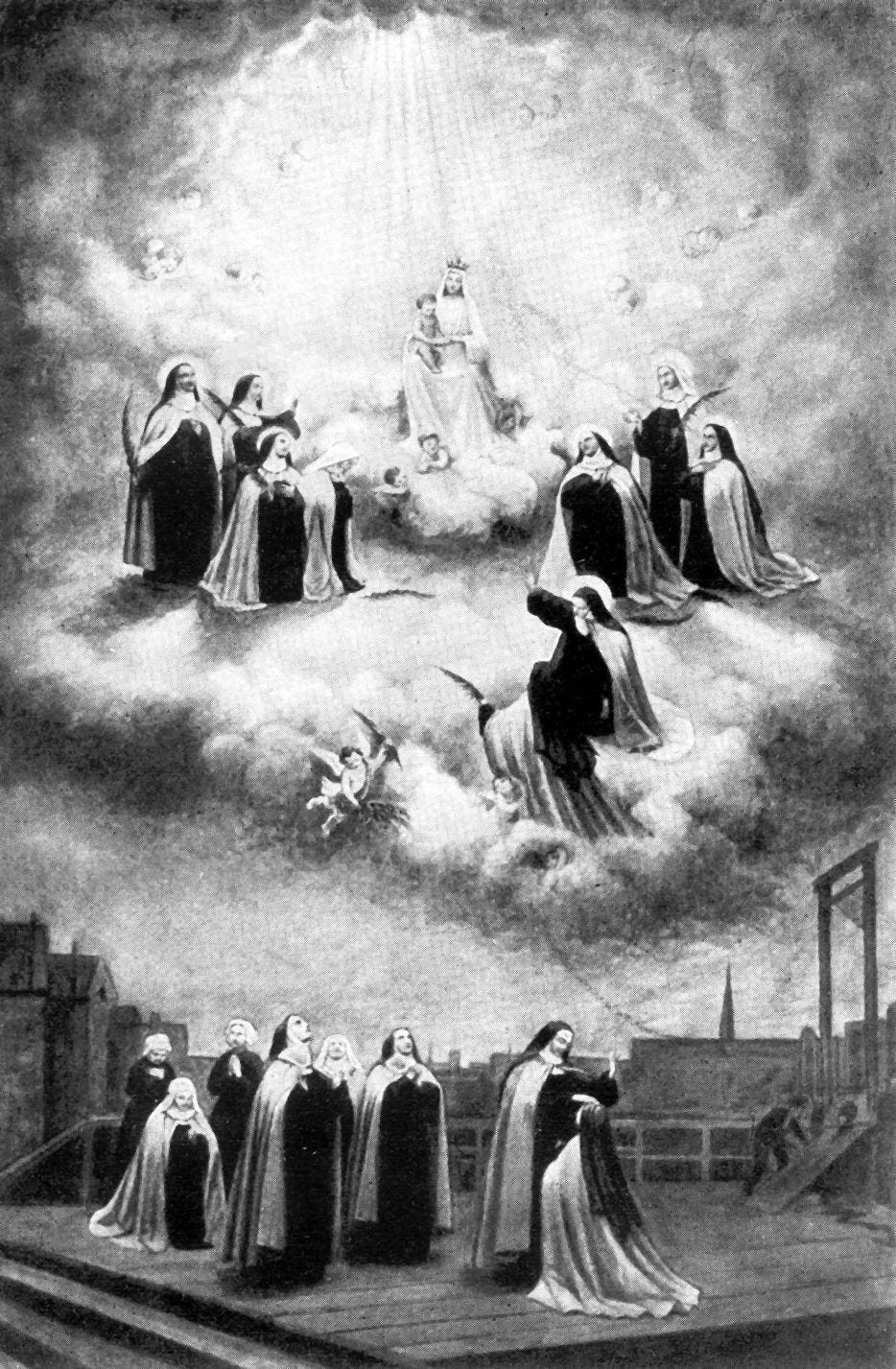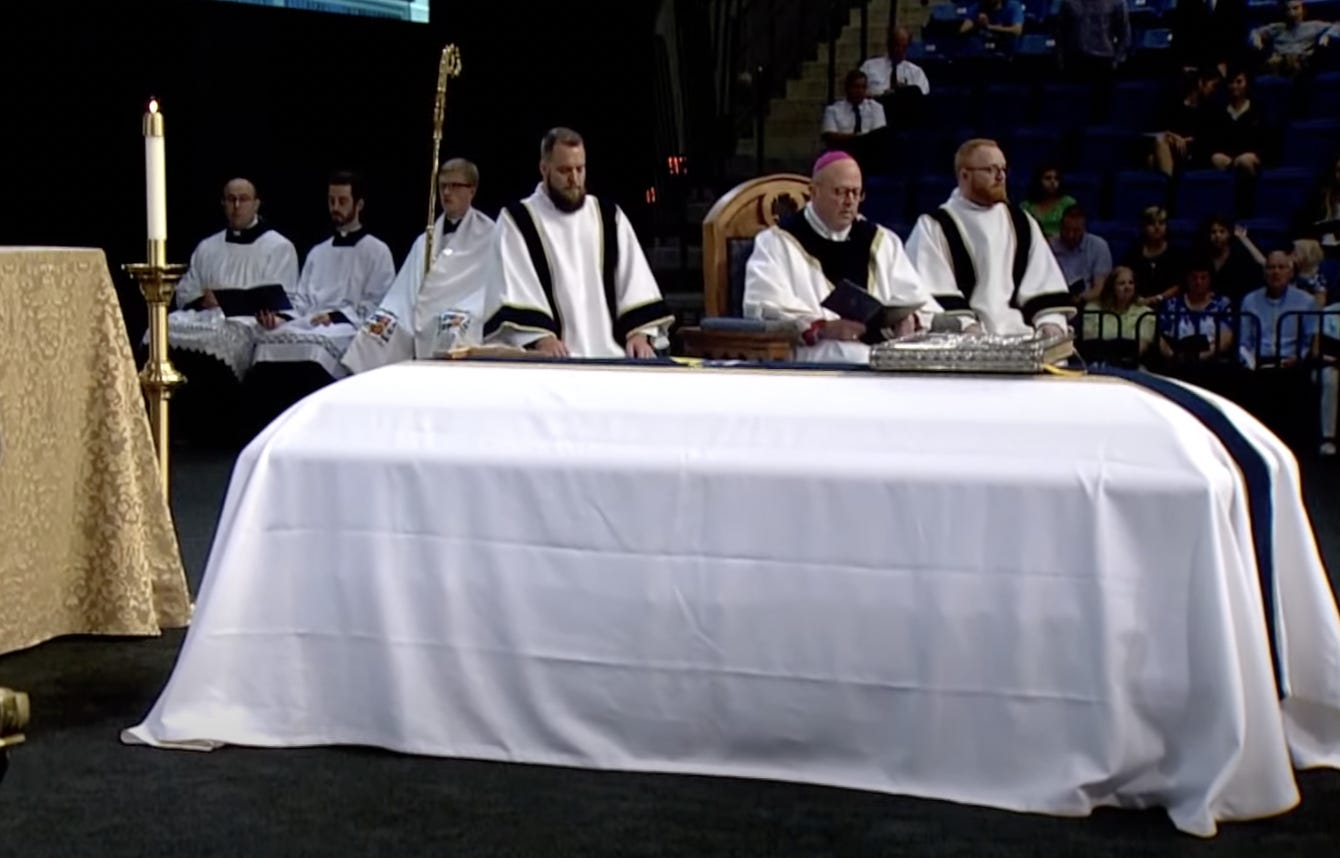
A funeral Mass was held Wednesday for Servant of God Emil Kapaun — a priest who died in a Korean POW camp seven decades ago, a Medal of Honor recipient who may one day be declared a saint.
The priest, whose remains were identified only this year, is venerated in the United States for his ministry to soldiers and prisoners of war during the Korean War. He died in May 1951, himself a prisoner, and his cause for canonization was opened in 2008.
Below, The Pillar brings you excerpts from the funeral homily of Wichita’s Bishop Carl Kemme:
“The Lord has shown us his Fatherly goodness in allowing [Kapaun’s] earthly goodness, his body, back to the land of his family, back to Kansas.”
—
“I consider it a singular but undeserved honor as the present Bishop of Wichita to lead us today in the Mass of Christian burial. Six of my predecessors longed for and prayed for this day, but perhaps none more so than Bishop Mark Carroll. It was Bishop Carroll who, we are confident, acted under the inspiration of the Holy Spirit and permitted Fr. Emil to return to active duty as a military chaplain in 1948.
It was Bishop Carroll who ministered to Fr. Kapaun’s family when word was received of his untimely demise. In the nearly monthly letters between Bishop Carroll and Fr Kapaun there is revealed a deep paternal and filial relationship between a bishop and one of his priests. I found in those letters much to ponder and to consider.”
“God’s goodness and everlasting love was to be witnessed in a …mysterious way in the life of this young priest, from Pilsen, Kansas. Now, no doubt the Holy See and, in particular, the Congregation for the Causes of Saints would want me to remind you that we are not here to beatify this man; the work of the Church’s investigation continues. We are here today to provide for Father what was not provided for him 70 years ago: A Mass of Christian Burial.
Though many of us pray for his intercession, today we pray for his repose.”
“Jesus said ‘there is no greater love than to lay down one’s life for one’s friends.’ Jesus modeled that love on the cross. He gave his life for us, his friends, so that we might not perish, but might have eternal life. Fr. Kapaun imitated that love all throughout his ministry, but it reached its fulfillment on May 23, 1951, the day of his personal Calvary, in a dark and lonely place, far from here, offering all that he had for those he considered his friends.
But that imitation of Christ — so powerful then, so clear — began long before that appointed day. It began not far from here, almost 36 years before, in Pilsen, on a farm, when Fr. Emil’s earthly life began, and when he began to live, as he he was so well known, a quiet, almost hidden way…something was unique and special about young Emil Joseph Kapaun. In so many ways, he was like his middle namesake, Joseph. He was humble, obedient, virtuous, simple, and hard-working.”
…
“God looked deep into the prairie of Kansas, here in the heartland of our nation, to find a young man who would possess a heart of courage. It has been said that his courage had the softness of velvet, but the strength of iron — just like St. Joseph.”
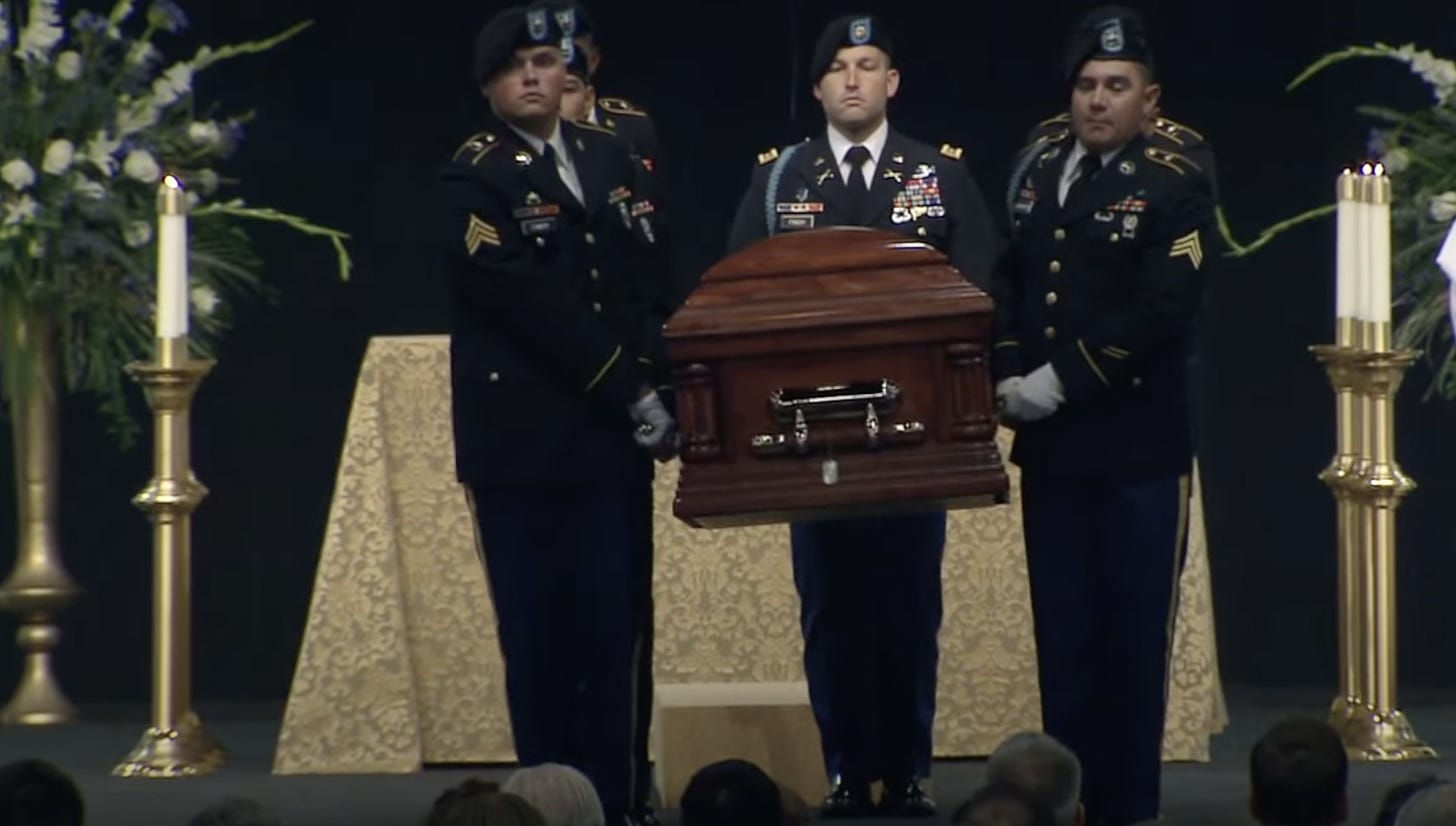
“The accounts of his service to his fellow soldiers in those last months, his fellow POWs, reveal so much of the man we honor today with Christian burial. His love was simple, effective, selfless, and deep.
I never tire of reading the accounts of how in those last weeks, months and days, he would go at night among the huts of the wounded, the sick, and the depressed, to do whatever he could to lift their spirits. He would lead them in prayer, sing a song, tell a joke, pick lice off their bodies. Boil water in a helmet to give them a drink of clean water to ward off dysentery. Give them some meager amount of food he had somehow managed to get — yes, even by stealing.
In short, to do whatever he could to bring light to those who entered into a darkness few of us can ever imagine. He was a missionary disciple of hope.”
…
…All the while bringing God’s love in simple and profound ways to those who were at risk of losing all hope….His was an enduring testimony to the truth that there is no greater love than to lay down one’s life for one’s friends.”

